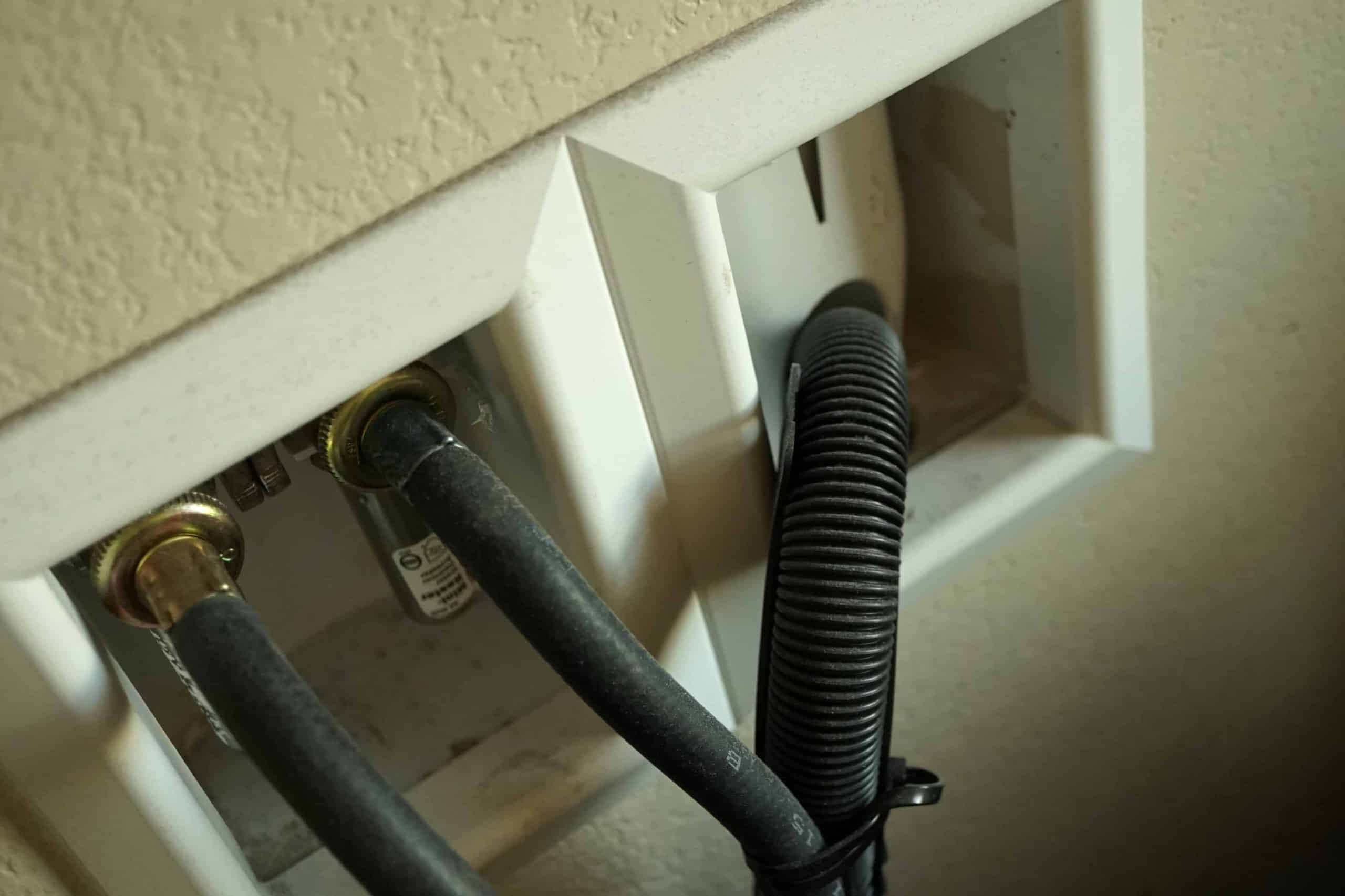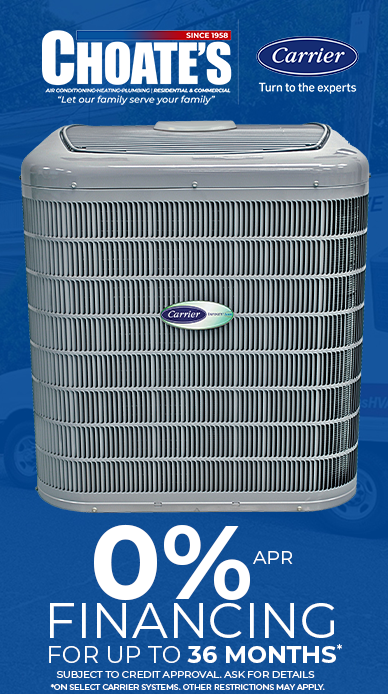901 755 4797

Washing Machine Drain Overflowing? Start Here.
Few household problems can compare to an overflowing washing machine. Chances are, you use your machine daily, if not more. Once it overflows, you’ll be stuck without an in-house washing machine—and with gallons of water spilling into your home, causing significant damage and, often, costly repairs.
The solution: get ahead of overflowing washing machines with scheduled maintenance and annual check-ins—and if your machine does begin to overflow, act fast. This simple approach can help you curb issues and curb costly damage down the road.
How Does a Washing Machine Work?
Why Does a Washing Machine Overflow?
How do I Stop an Overflowing Washing Machine?
How to Prevent an Overflow
There are a few best practices that can help homeowners avoid this massive headache. These simple strategies may help prevent overflows and keep your machine running smoothly.
- Use a garment or lint bag to reduce the risk of clogs
- Inspect and clean your machine’s lint trap or filter monthly, if one is present
- Ensure that there is at last 1/2” of space between the drain pipe and discharge hose for ventilation
- Confirm the discharge hose is correctly attached to the drain pipe. Keep in mind, basic vibration can loosen the connection.
Choate’s Air Conditioning, Heating And Plumbing can help keep overflows at bay. Contact us today and our expert team will assess your washing machine and check for any signs of clogs or overflow risks. From there, we’ll schedule routine maintenance to keep you up and running.
Already dealing with an overflow? Again, turn off your washing machine immediately, then contact us for a fast, reliable emergency visit. Our expert team will help you get your washing machine back up and running fast while mitigating damage and preventing future risk.


